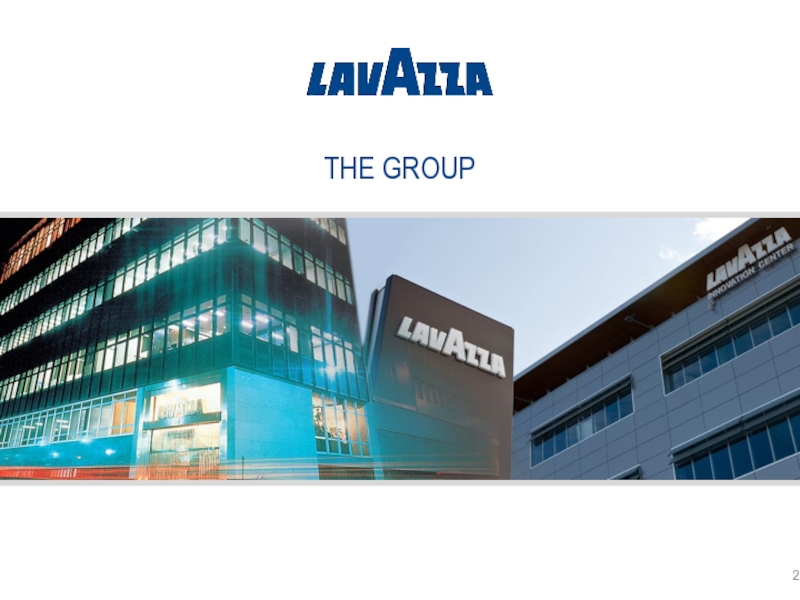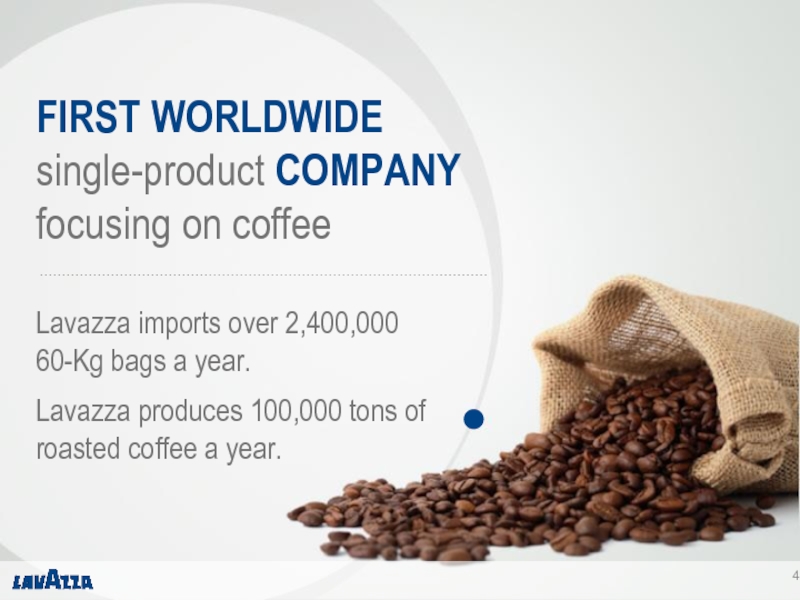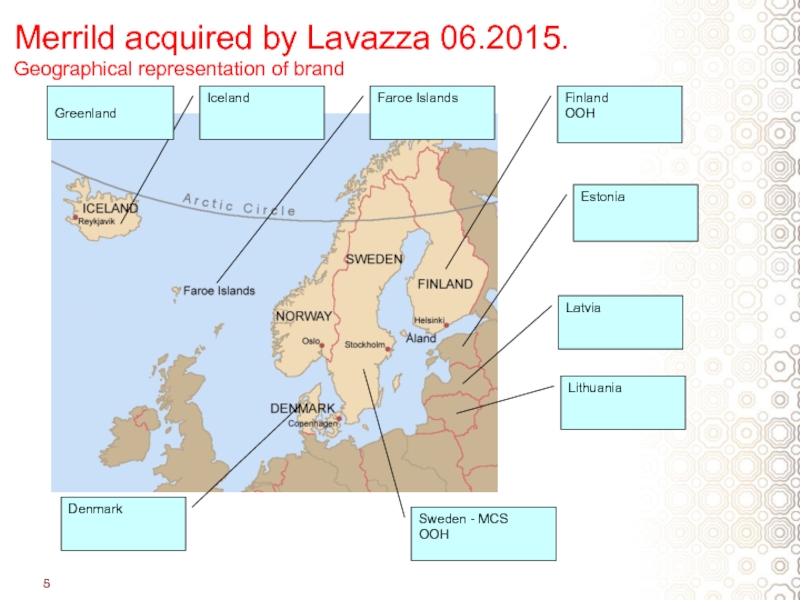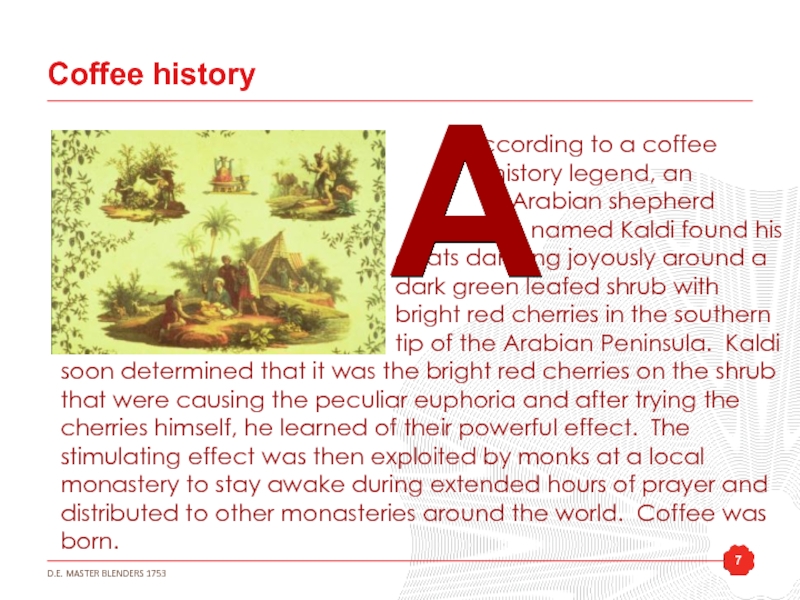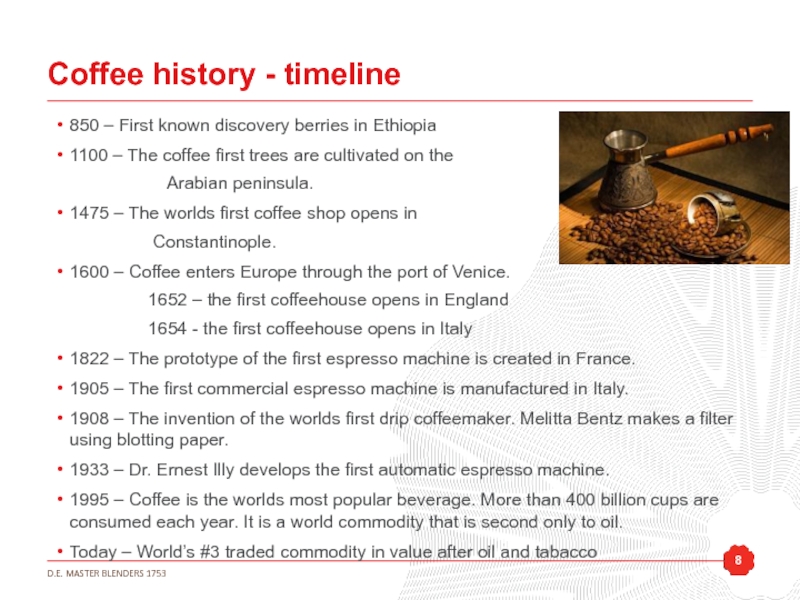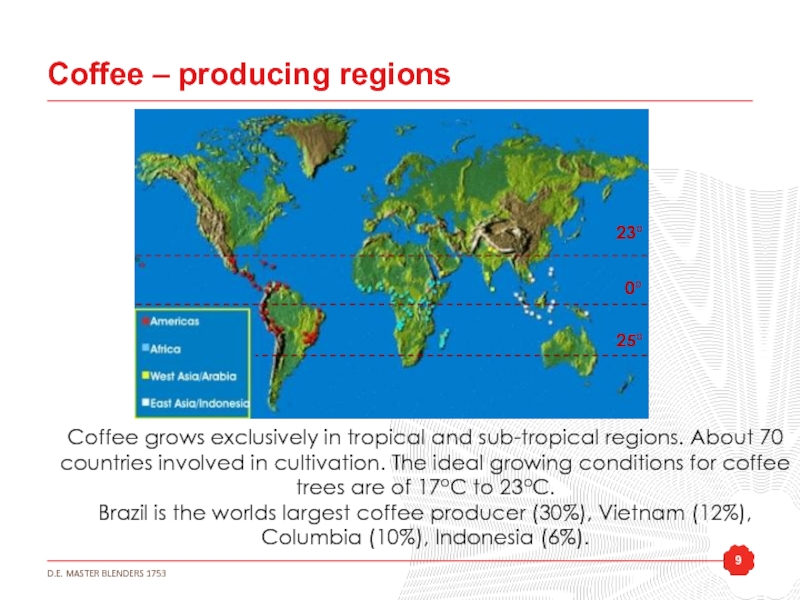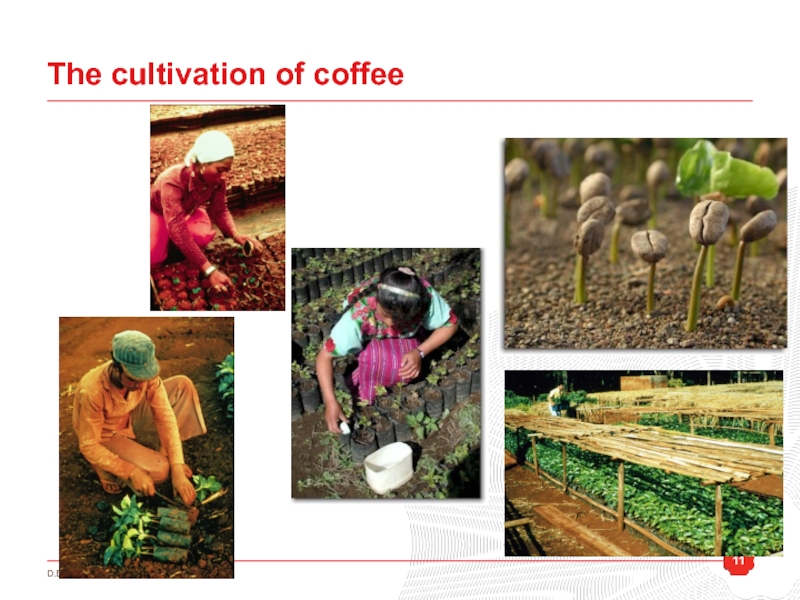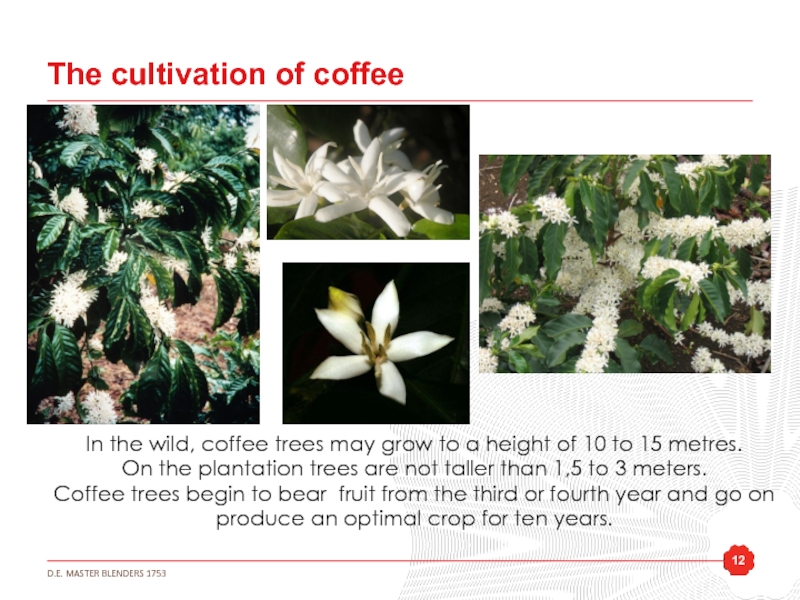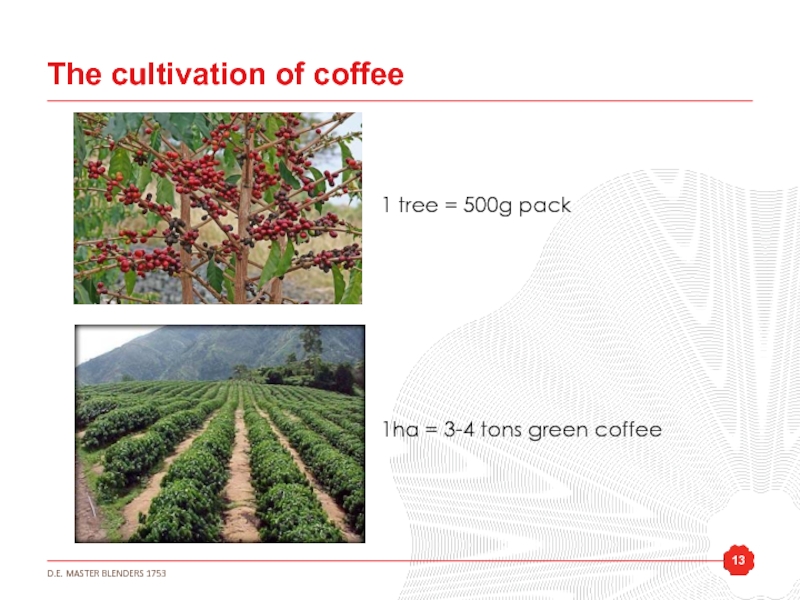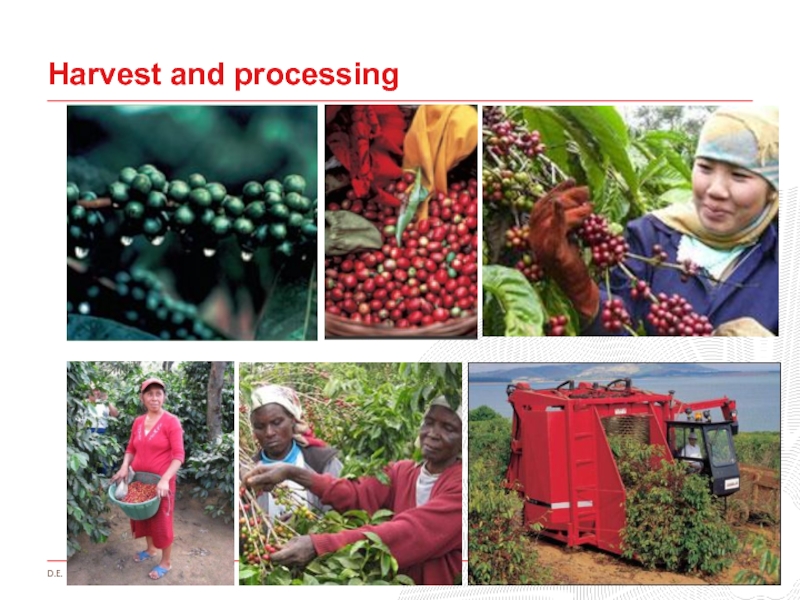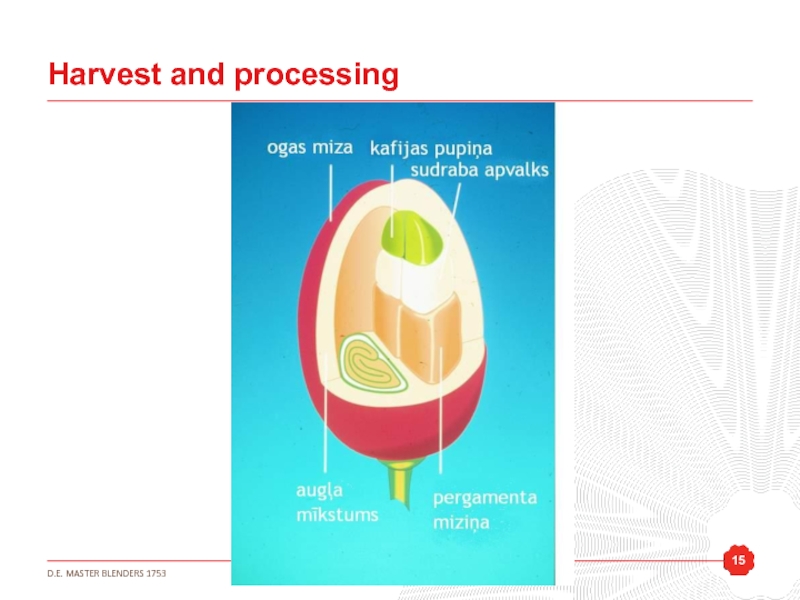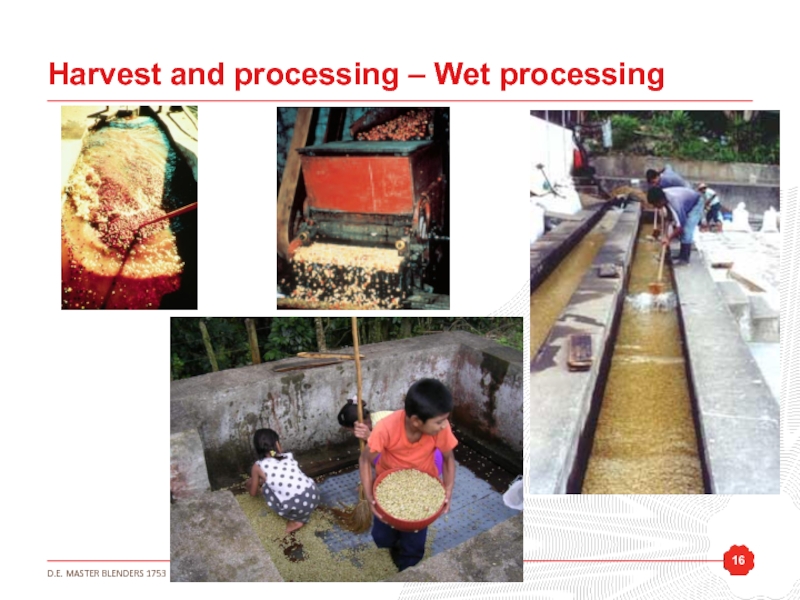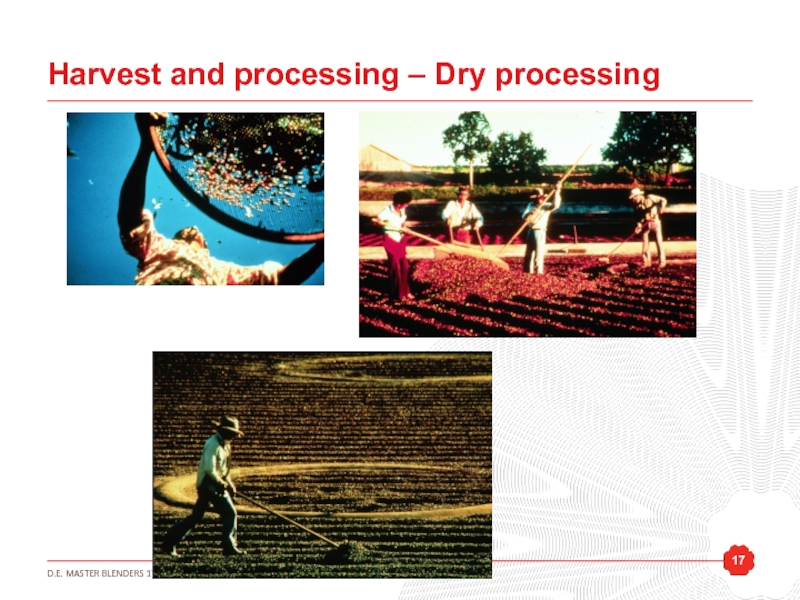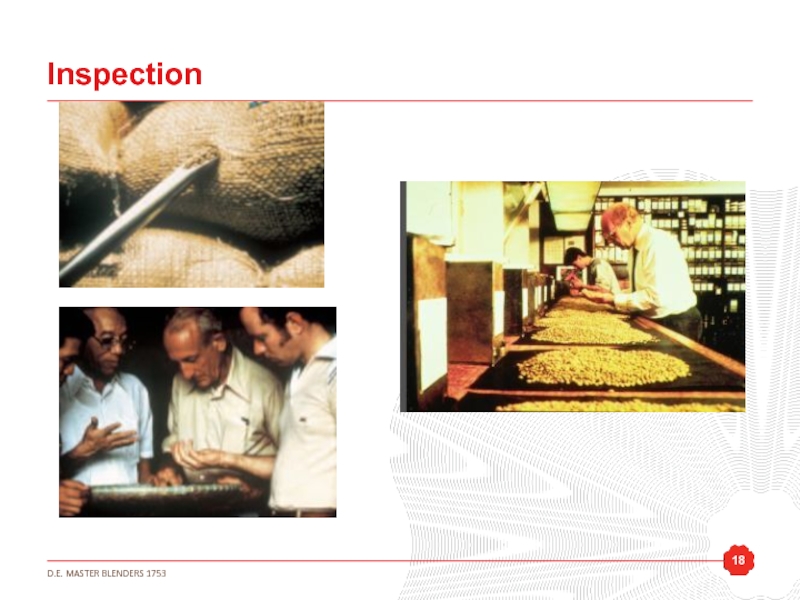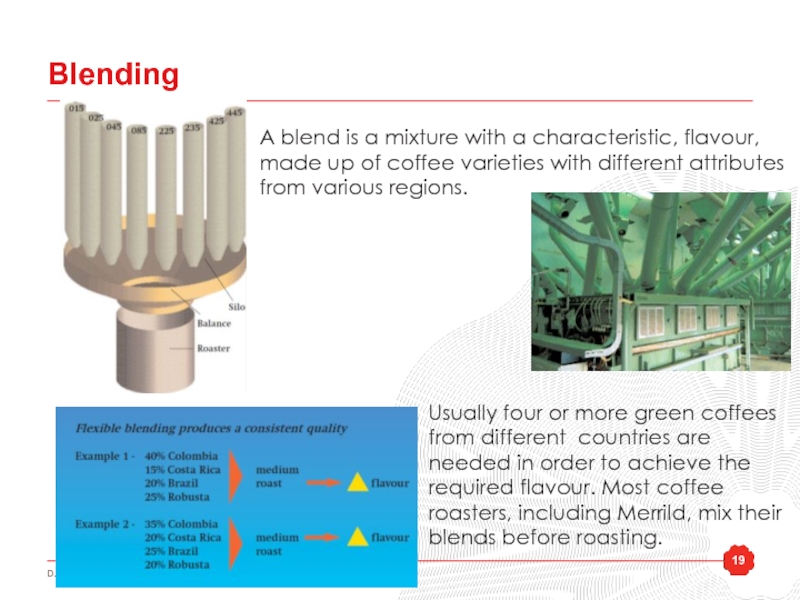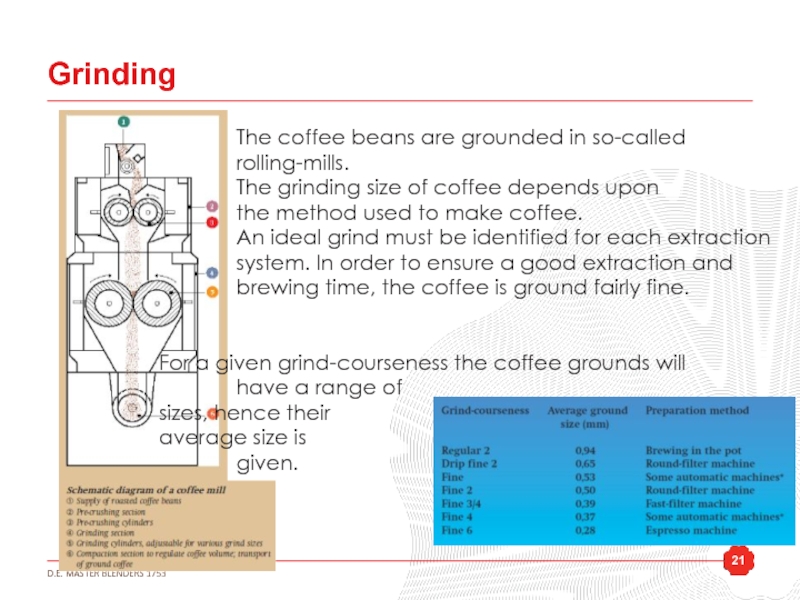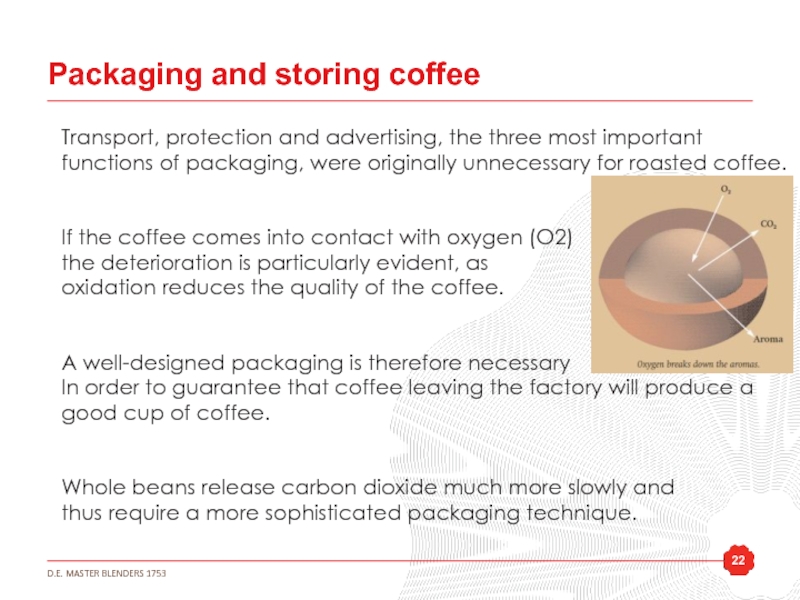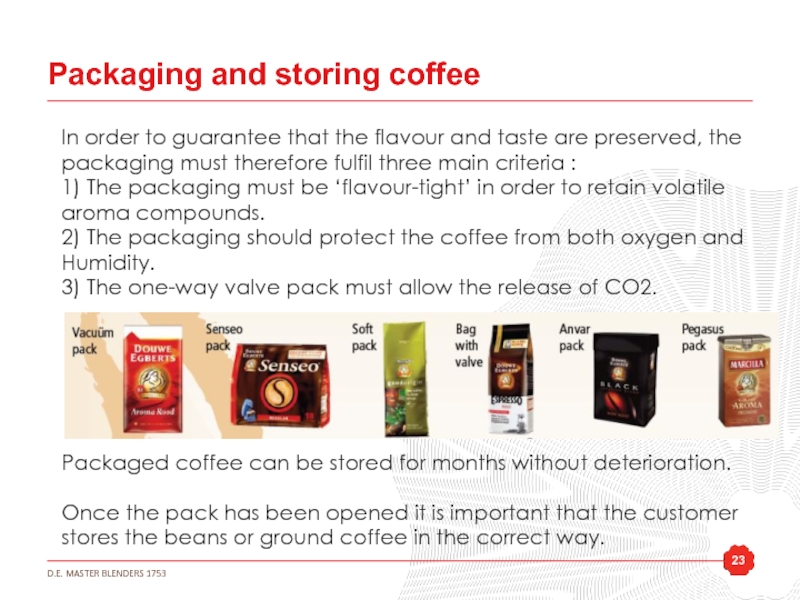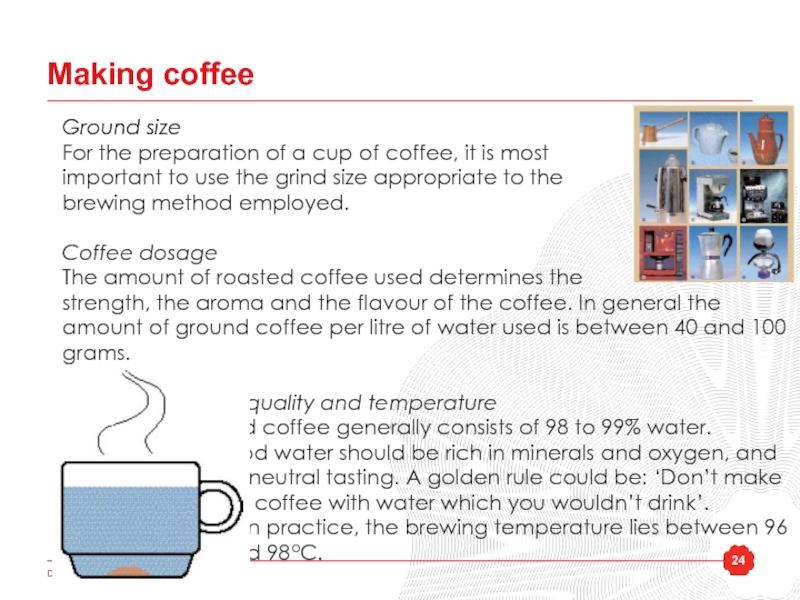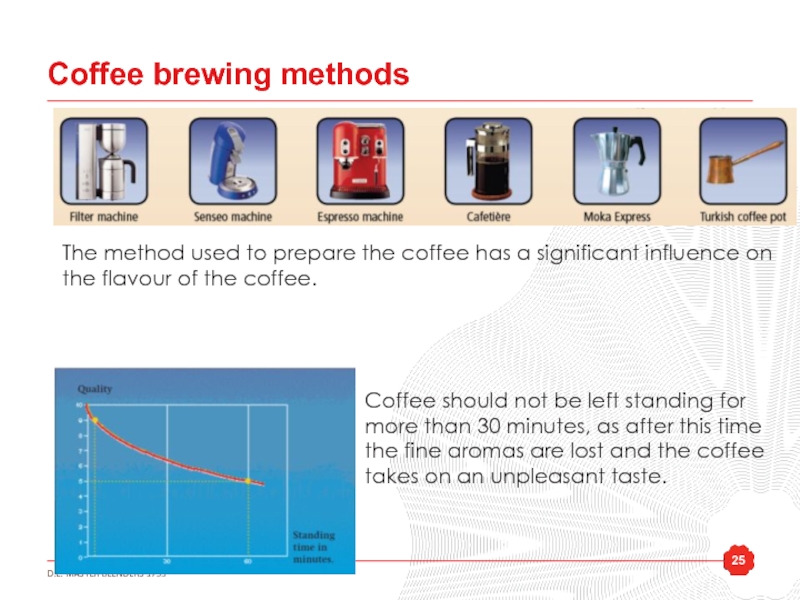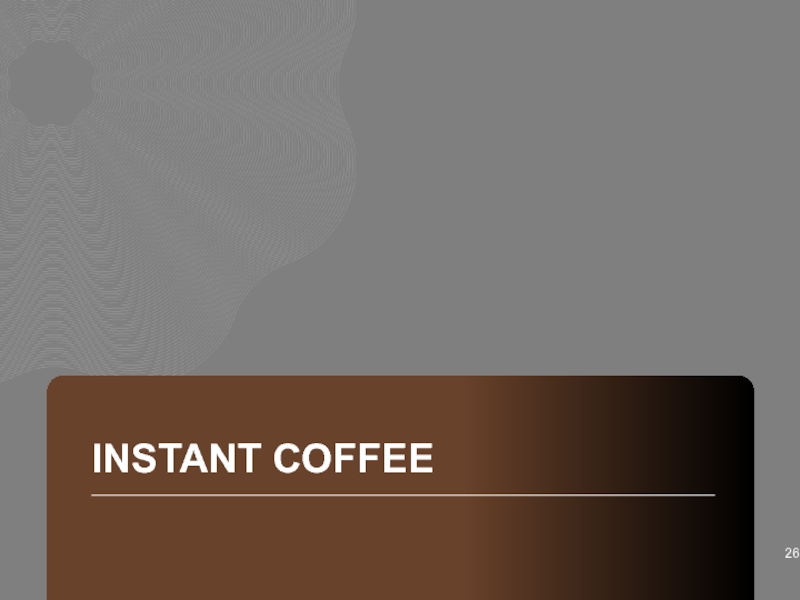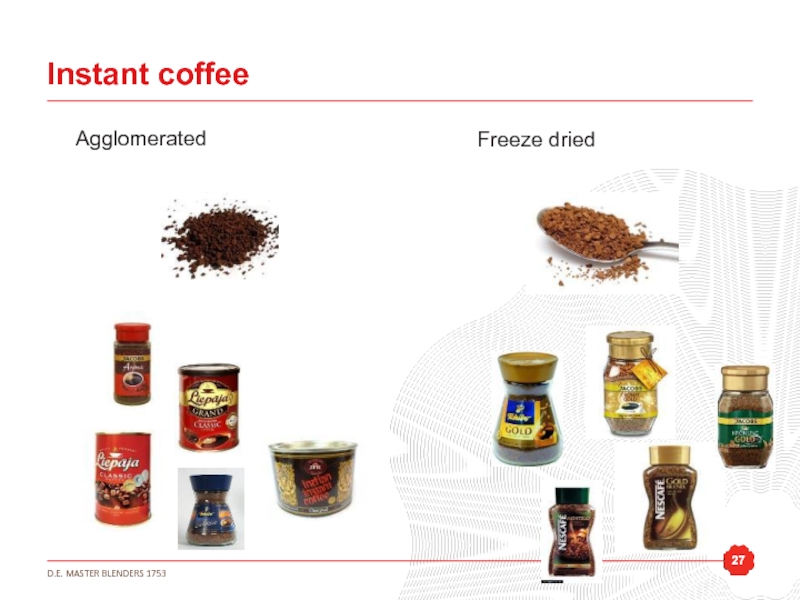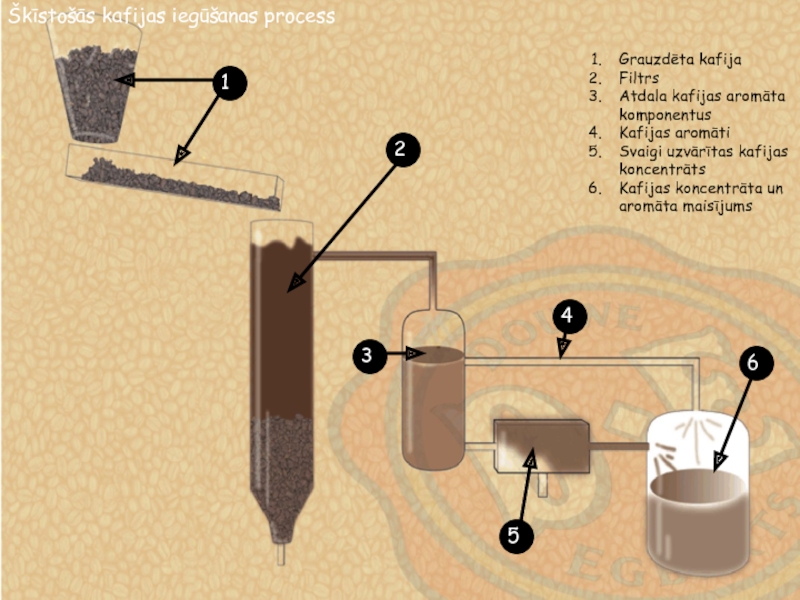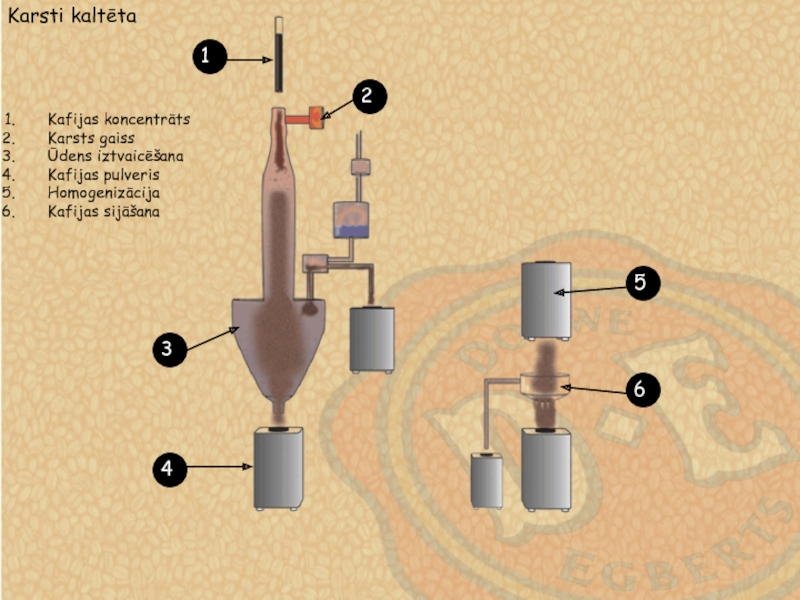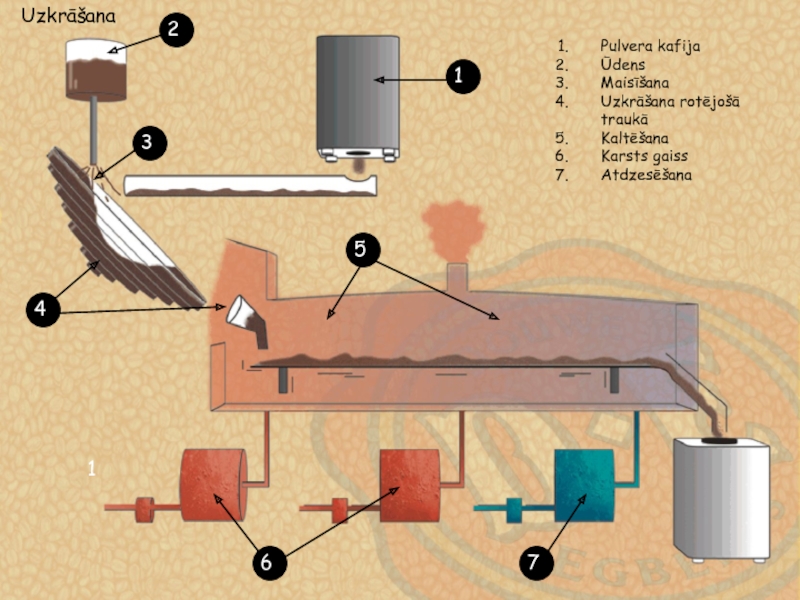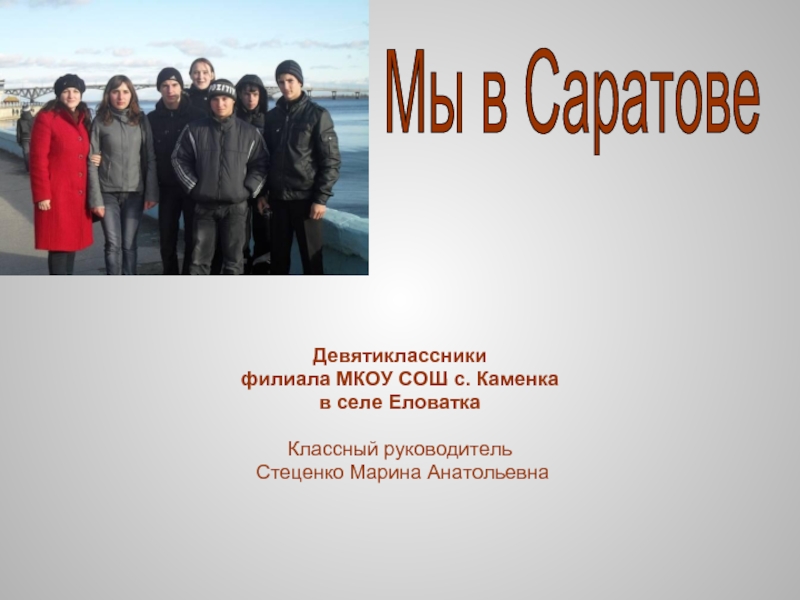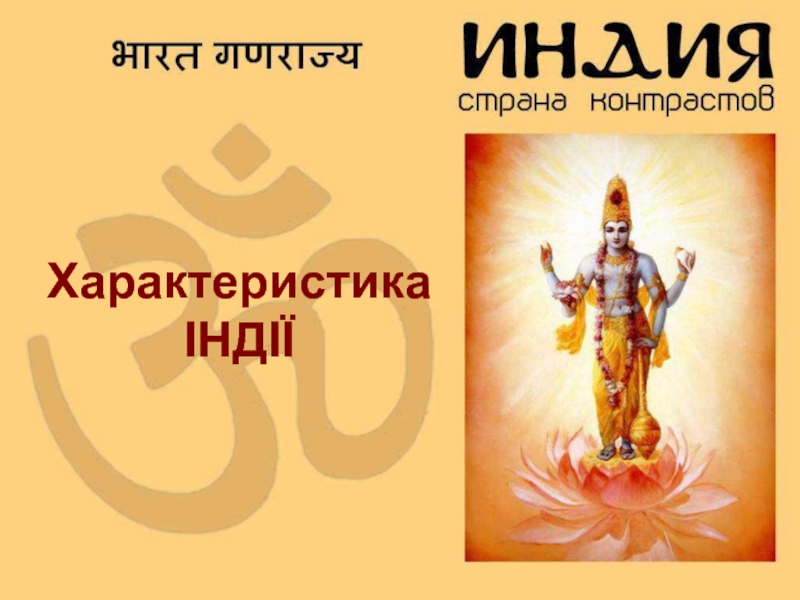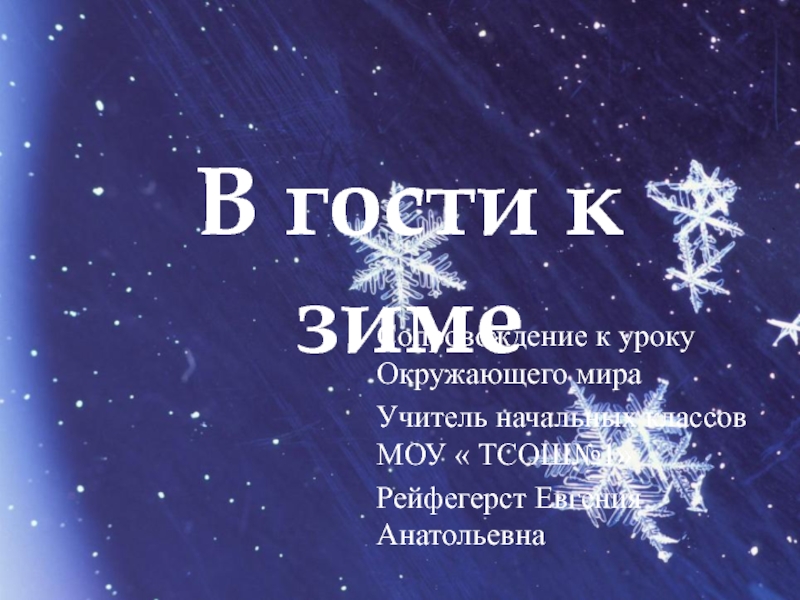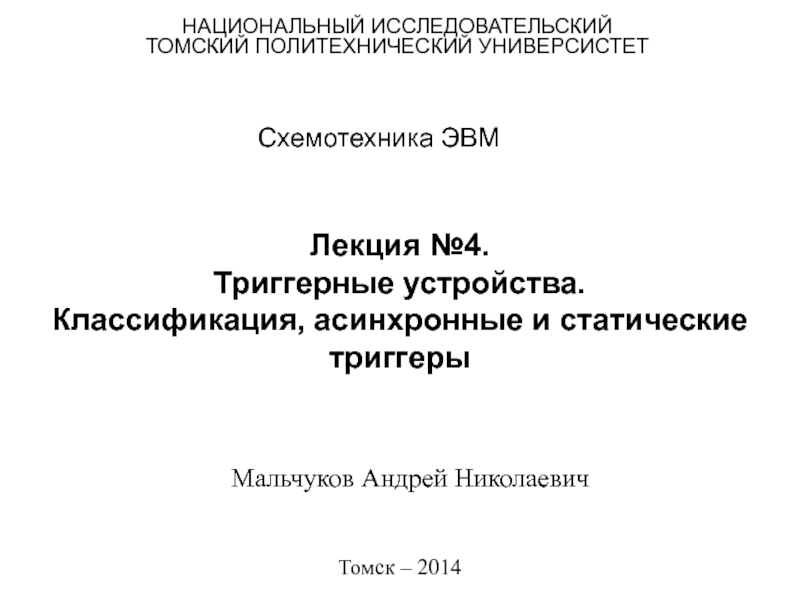- Главная
- Разное
- Дизайн
- Бизнес и предпринимательство
- Аналитика
- Образование
- Развлечения
- Красота и здоровье
- Финансы
- Государство
- Путешествия
- Спорт
- Недвижимость
- Армия
- Графика
- Культурология
- Еда и кулинария
- Лингвистика
- Английский язык
- Астрономия
- Алгебра
- Биология
- География
- Детские презентации
- Информатика
- История
- Литература
- Маркетинг
- Математика
- Медицина
- Менеджмент
- Музыка
- МХК
- Немецкий язык
- ОБЖ
- Обществознание
- Окружающий мир
- Педагогика
- Русский язык
- Технология
- Физика
- Философия
- Химия
- Шаблоны, картинки для презентаций
- Экология
- Экономика
- Юриспруденция
Coffee & training english презентация
Содержание
- 1. Coffee & training english
- 2. THE GROUP
- 3. OVER €1,344 MILLION TURNOVER FOR 2014
- 4. FIRST WORLDWIDE single-product COMPANY focusing on coffee
- 5. Merrild acquired by Lavazza 06.2015. Geographical representation
- 6. COFFEE training
- 7. Coffee history
- 8. Coffee history - timeline 850 – First
- 9. Coffee – producing regions Coffee grows exclusively
- 10. Coffee varieties ARABICA and ROBUSTA are the
- 11. The cultivation of coffee
- 12. The cultivation of coffee In the wild,
- 13. The cultivation of coffee
- 14. Harvest and processing
- 15. Harvest and processing
- 16. Harvest and processing – Wet processing
- 17. Harvest and processing – Dry processing
- 18. Inspection
- 19. Blending
- 20. Roasting
- 21. Grinding
- 22. Packaging and storing coffee Transport, protection and
- 23. Packaging and storing coffee In order to
- 24. Making coffee Ground size For the preparation
- 25. Coffee brewing methods The method used to
- 26. INSTANT COFFEE
- 27. Instant coffee Agglomerated Freeze dried
- 28. Škīstošās kafijas iegūšanas process
- 29. Auksti kaltēta kafija Kafijas
- 30. Karsti kaltēta Kafijas koncentrāts
- 31. Uzkrāšana Pulvera kafija Ūdens
Слайд 4FIRST WORLDWIDE
single-product COMPANY
focusing on coffee
Lavazza imports over 2,400,000 60-Kg bags a
Lavazza produces 100,000 tons of roasted coffee a year.
Слайд 5Merrild acquired by Lavazza 06.2015.
Geographical representation of brand
Denmark
Sweden - MCS
OOH
Finland
OOH
Latvia
Lithuania
Iceland
Faroe Islands
Greenland
Estonia
Слайд 7Coffee history
history legend, an
Arabian shepherd
named Kaldi found his
goats dancing joyously around a
dark green leafed shrub with
bright red cherries in the southern
tip of the Arabian Peninsula. Kaldi soon determined that it was the bright red cherries on the shrub that were causing the peculiar euphoria and after trying the cherries himself, he learned of their powerful effect. The stimulating effect was then exploited by monks at a local monastery to stay awake during extended hours of prayer and distributed to other monasteries around the world. Coffee was born.
A
Слайд 8Coffee history - timeline
850 – First known discovery berries in Ethiopia
1100
Arabian peninsula.
1475 – The worlds first coffee shop opens in
Constantinople.
1600 – Coffee enters Europe through the port of Venice.
1652 – the first coffeehouse opens in England
1654 - the first coffeehouse opens in Italy
1822 – The prototype of the first espresso machine is created in France.
1905 – The first commercial espresso machine is manufactured in Italy.
1908 – The invention of the worlds first drip coffeemaker. Melitta Bentz makes a filter using blotting paper.
1933 – Dr. Ernest Illy develops the first automatic espresso machine.
1995 – Coffee is the worlds most popular beverage. More than 400 billion cups are consumed each year. It is a world commodity that is second only to oil.
Today – World’s #3 traded commodity in value after oil and tabacco
Слайд 9Coffee – producing regions
Coffee grows exclusively in tropical and sub-tropical regions.
Brazil is the worlds largest coffee producer (30%), Vietnam (12%), Columbia (10%), Indonesia (6%).
Слайд 10Coffee varieties
ARABICA and ROBUSTA are the two most
important varieties of
WASHED ARABICA beans are rather slim
and larger than Robusta beans. Their
colour ranges from blue-green and
olive-green with a bright silver membrane.
Washed Arabica, and particularly that of highland origin is known by coffee connoisseurs for its excellent flavour.
UNWASHED ARABICA beans are smaller than Washed Arabica, and are
yellow-green colour.
ROBUSTA coffee beans are smaller and
rounder than Arabica beans. Robusta
beans are usually irregular in colour,
varying from brown to yellow-brown
to yellow-white. Robusta coffee has a
little less flavour and contains more
caffeine than Arabica.
Слайд 12The cultivation of coffee
In the wild, coffee trees may grow to
On the plantation trees are not taller than 1,5 to 3 meters.
Coffee trees begin to bear fruit from the third or fourth year and go on produce an optimal crop for ten years.
Слайд 19Blending
made up of coffee varieties with different attributes
from various regions.
Usually four or more green coffees
from different countries are
needed in order to achieve the
required flavour. Most coffee
roasters, including Merrild, mix their
blends before roasting.
Слайд 20Roasting
Depending on the blend, the
beans reach a temperature of 200 to
250 °C.
The most important factors during
roasting are roasting time,
temperature, the amount of
shrinkage (weight loss), and the
volume of the beans.
The roasting time of coffee beans varies depending on the required flavour.
Fast-roasted bean is distinctly less brown towards the centre.
A slowly roasted bean exhibits far less colour difference.
Thus fast-roasted beans are generally
intended for filter coffee, whilst
slow-roasted beans are used for
espresso blends which require a mild flavour.
Слайд 21Grinding
rolling-mills.
The grinding size of coffee depends upon
the method used to make coffee.
An ideal grind must be identified for each extraction
system. In order to ensure a good extraction and
brewing time, the coffee is ground fairly fine.
For a given grind-courseness the coffee grounds will
have a range of
sizes, hence their
average size is
given.
Слайд 22Packaging and storing coffee
Transport, protection and advertising, the three most important
If the coffee comes into contact with oxygen (O2)
the deterioration is particularly evident, as
oxidation reduces the quality of the coffee.
A well-designed packaging is therefore necessary
In order to guarantee that coffee leaving the factory will produce a good cup of coffee.
Whole beans release carbon dioxide much more slowly and
thus require a more sophisticated packaging technique.
Слайд 23Packaging and storing coffee
In order to guarantee that the flavour and
1) The packaging must be ‘flavour-tight’ in order to retain volatile
aroma compounds.
2) The packaging should protect the coffee from both oxygen and
Humidity.
3) The one-way valve pack must allow the release of CO2.
Packaged coffee can be stored for months without deterioration.
Once the pack has been opened it is important that the customer
stores the beans or ground coffee in the correct way.
Слайд 24Making coffee
Ground size
For the preparation of a cup of coffee, it
important to use the grind size appropriate to the
brewing method employed.
Coffee dosage
The amount of roasted coffee used determines the
strength, the aroma and the flavour of the coffee. In general the amount of ground coffee per litre of water used is between 40 and 100 grams.
Water quality and temperature
Brewed coffee generally consists of 98 to 99% water.
Good water should be rich in minerals and oxygen, and
neutral tasting. A golden rule could be: ‘Don’t make
coffee with water which you wouldn’t drink’.
In practice, the brewing temperature lies between 96
and 98oC.
Слайд 25Coffee brewing methods
The method used to prepare the coffee has a
Coffee should not be left standing for more than 30 minutes, as after this time the fine aromas are lost and the coffee takes on an unpleasant taste.
Слайд 28
Škīstošās kafijas iegūšanas process
Grauzdēta kafija
Filtrs
Atdala kafijas aromāta komponentus
Kafijas aromāti
Svaigi uzvārītas kafijas
Kafijas koncentrāta un aromāta maisījums
3
5
1
2
4
6
Слайд 29
Auksti kaltēta kafija
Kafijas koncentrāts
Viegla pirms sasaldēšanas stadija
Sasaldēšana –42°C
Rupja sasaldētās kafija saskaldīšana
Malšana
Izsijā
Konteineri ar smalkajām granulām
Sublimācija (-42°C to –25°C)
Homogenizācija
9
6
5
4
7
8
3
2
1

